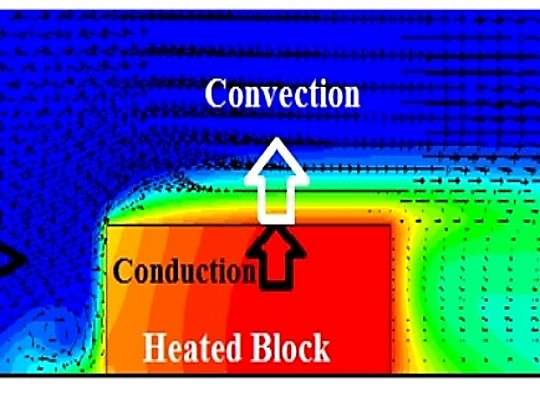By combining cooling systems to stabilize the temperature, it is possible to create a discrete model that identifies the elements necessary for heat transfer analysis using the finite element method.
Tasks
3D design of discrete model
Liquid-solid gas heat transfer simulation
Determine the data needed to enter the software and the information that can be obtained from this analysis.
Performance report
Preliminary schedule by topics/tasks
Week 1 - 2 Introduction to high energy detectors, training on detector components.
Week 3 - 4 Perform the 3D discrete model, study of conditions to simulate a combination of heat transfer systems,
Week 5 - 6 meshing of combined systems and simulation.
Week 7 - 8 analysis and report of results.
Required skills
SolidWorks, Siemens NX, Ansys or Fusion 360, Thermal system, Mechanical Design, English or Spanish language for communication.
Acquired skills and experience
The student will become familiar with the design of high-energy detectors, will have a broader vision about the work and opportunity areas of mechanical engineers in projects related to applied physics.
You will learn how to perform analysis with real data and validate experimental results with simulations.
Recommended literature
Golovatyuk, V., Kekelidze, V., Kolesnikov, V. et al. The Multi-Purpose Detector (MPD) of the collider experiment. Eur. Phys. J. A 52, 212 (2016). https://doi.org/10.1140/epja/i2016-16212-1
Murin, Y.A., Ceballos, C. & for the MPD-ITS Collaboration. The Inner Tracking System for the MPD Setup of the NICA Collider. Phys. Part. Nuclei 52, 742–751 (2021). https://doi.org/10.1134/S1063779621040444





